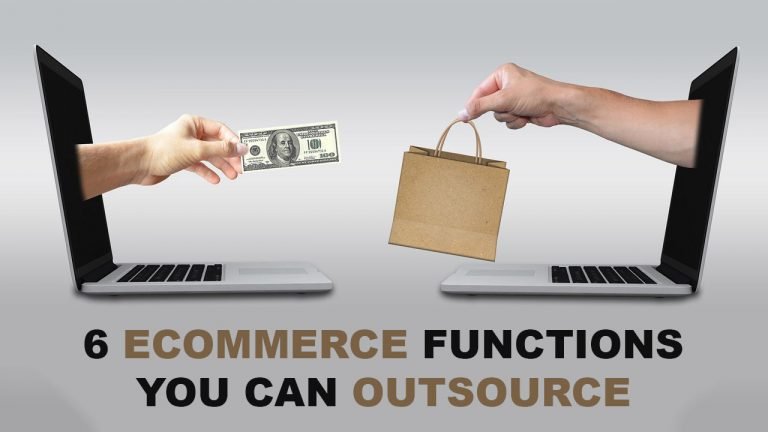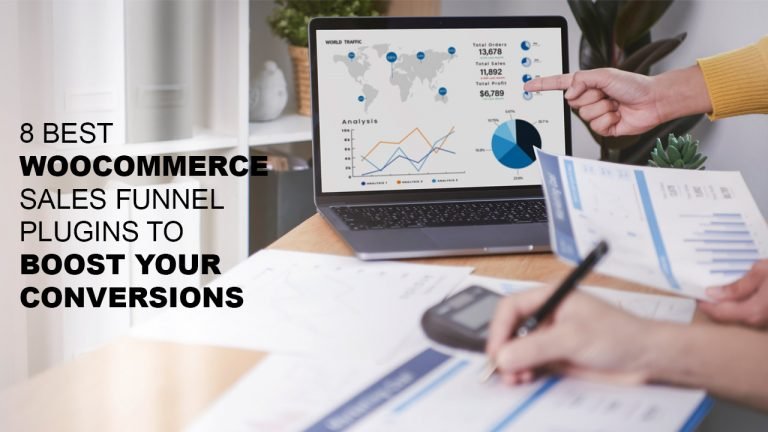In e-commerce, many online stores that use WordPress as their website builder opt for the free WooCommerce plugin to streamline their sales. Therefore, before we go ahead, let's dive right into the topic. What are WooCommerce development services? WooCommerce is a plugin that enables eCommerce websites to manage sales…










